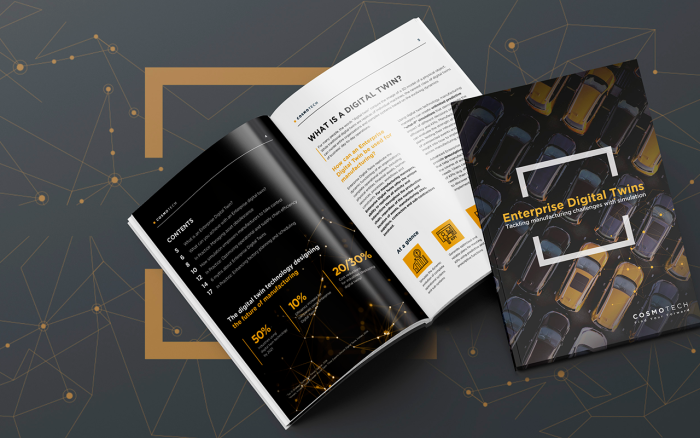Optimal Inventory Management
“Go ahead. Google “Barbie” right now and watch your search page explode in pink fireworks.”, Amy Laskowski wrote for Boston University Today. Following the movie’s trailer debut, Google recorded a 271% increase in the keyword search “Barbie” and hit a five-year peak after the movie’s second teaser was released. Content with #Barbiecore is hitting over 500 million views on Tik Tok and Barbie-related toys are creeping into Amazon’s Top 100 list.
We should not forget that Barbie is also a part of the toy industry. With 165 brand partners at thousands of retail locations, Barbie-themed merchandise is selling out fast. Traditional Barbie doll sales, which were down 7% in the second quarter, were also experiencing a “halo effect” after the movie’s release, shooting up 25% after the film’s release. This is another example of how the movie becomes the center of gravity that generates more activity in relation to the whole Barbie brand affecting several supply chains in the world.
Sensing and recognizing the potential demand for toys is the first step, however, ensuring the optimal inventory on hand can be hard. Despite the significant increase in sales of Barbie products, Mattel Inc. CFO Anthony DiSilvestro said in a statement that retailers were still cautious about filling their stockrooms with more toys. What happens is that, since 2022 and along with high inflation and mortgage rates hitting the roof, spending is down big time, especially on toys. While customers bought lots of toys during the Covid-19 pandemic as an antidote to boredom, demand has been more sluggish since then. So finding the optimal inventory level can be quite a challenge.
Every supply chain leader knows how poor inventory management can kill a brand. Outdated methods such as manual inventory tracking or using Excel spreadsheets lead to errors and ordering issues. Inadequate inventory reports and demand forecasting without accurate information can lead to excessive or insufficient ordering, shortages and even customer loss.

The upcoming Nike release of the Barbie Dunk Low sneakers reminds us of the inventory management challenges faced by Nike in the early 2000’s. After losing around $100 million in sales due to issues with managing its inventory, the world’s most recognized athletic brand implemented an inventory management software that promised accurate demand forecasting but experienced lots of bugs and data errors resulting in inaccurate forecasts. This led to more significant financial losses that continued until 2016, impacting gross margins due to the incorrect percentage of discounted sales.
The case illustrates the importance of choosing reliable software solutions that ensure data quality and result accuracy for optimal inventory management. The rise of cutting-edge technology such as AI and simulation provide organizations with highly accurate plans helping them improve customer satisfaction, reduce costs, enhance cash flow, and maintain a competitive edge on the market.









